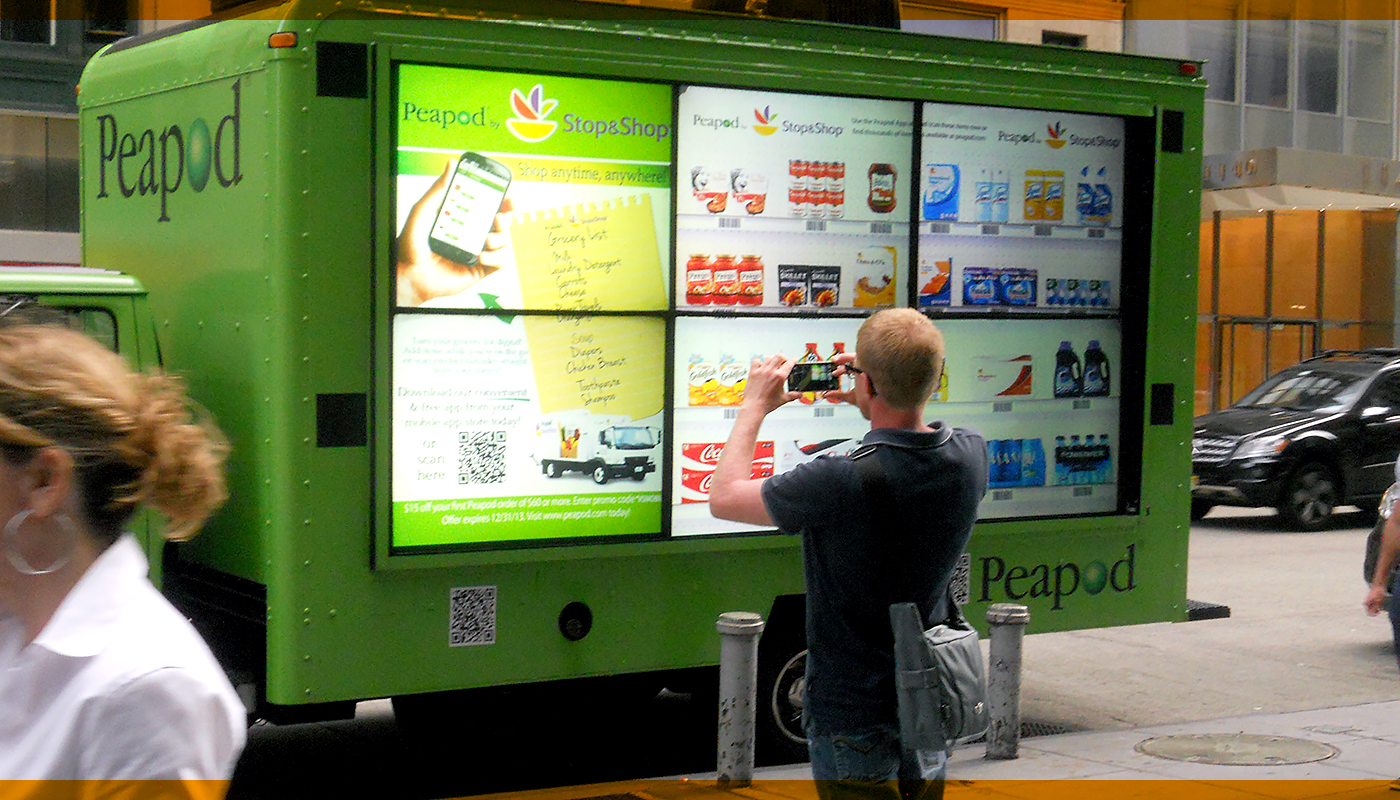The Metaverse has become an inescapable buzzword over the past year, especially since Facebook rebranded into Meta. However, it’s much more than that, as we’re witnessing the beginnings of an entirely new medium of advertising that could have far-reaching influences on marketing strategies across industries over the next decade.
Make no mistake: The COVID-19 pandemic has accelerated an already-existing growth of the Metaverse due to the forced adjustment to online working, learning, and socializing. The concept is nothing new, and it’s more than just a COVID-induced buzzword.
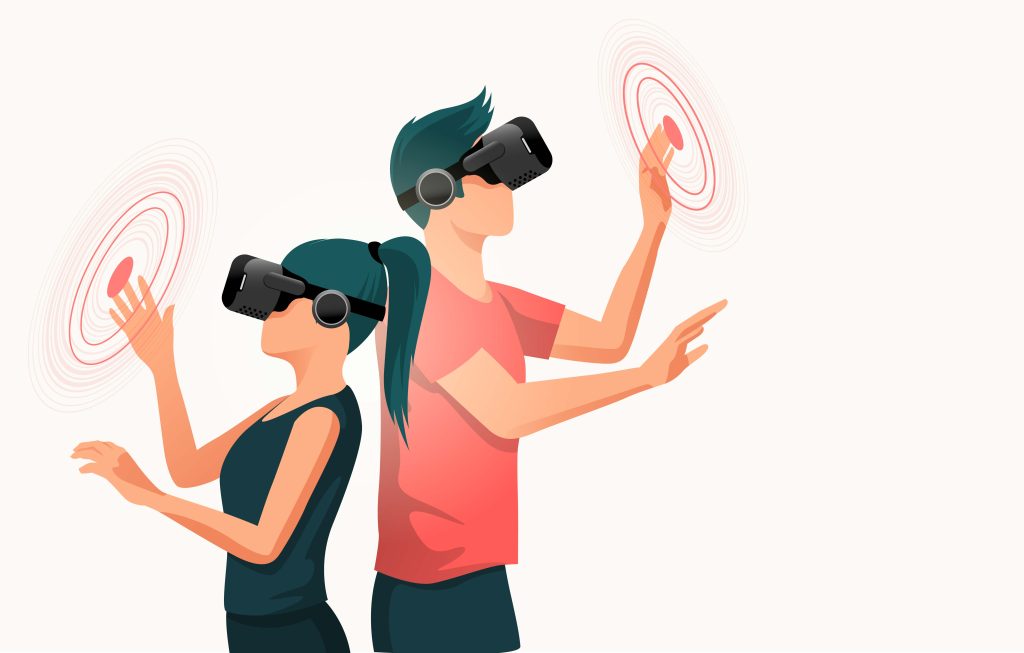
That, in turn, brings up an inevitable question. Should you consider Metaverse advertising as part of an omnichannel marketing plan? How does advertising in this medium relate to out of home methods? In this guide, we’ll look at what the Metaverse is, how it works, its impact on advertising, and how OOH media plans can (and need to) play into the larger equation.
What is the Metaverse?
Understanding the Metaverse and how it will work in advertising is confusing, mainly because it does not exist yet. We have all the pieces we need, but they’re not put together yet. Big tech companies like Facebook (Meta), NVIDIA, and Microsoft are racing to become the first central Metaverse. When you do a Google search for the Metaverse, you will find multiple definitions around the same idea. A collective virtual shared space created by a virtually enhanced physical reality with a persistent virtual space.

In simpler terms, the Metaverse is a digital twin of the physical world. Most importantly, the Metaverse is not a brand-specific platform. Instead, as explained by Wired Magazine, it’s a broader concept based on several technologies:
“The term doesn’t really refer to any one specific type of technology, but rather a broad shift in how we interact with technology… It also translates to a digital economy, where users can create, buy, and sell goods. And, in the more idealistic visions of the Metaverse, it’s interoperable, allowing you to take virtual items like clothes or cars from one platform to another.”
The technologies that make up this environment focus on virtual reality and augmented reality, which combine aspects of the physical and digital worlds. The Metaverse is not like Virtual Reality (VR) and Augmented Reality (AR) which have slowly become a part of our lives over the past few years. Instead, it is a virtual world that replicates the real world, continuing to exist regardless of whether an individual user is in it or not.

The economic aspect of how the Metaverse will work is also interesting for our society. In the future, a complete version of the Metaverse will create an entire ecosystem, independent of individual platforms like games. As a result, users will be able to purchase virtual items and transfer them across different platforms within the Metaverse.
In other words, the Metaverse aims to recreate as many parts of real life and all its complexities as possible in a virtual environment, removing physical barriers for anything from social interaction to work and day-to-day activities.
In summary, the Metaverse is:
- Just like our own universe, with multiple worlds housed inside of it
- A virtual world that continues to operate regardless of if you are in it or not
- An environment to buy and sell virtual goods
- An environment to socialize, work, and play games
The Challenges of Reaching Your Audience in Today’s Environment
An understanding of how the Metaverse works in advertising is beginning to enter the marketing landscape. Marketers consider themselves at a critical crossroads. Today’s brands are faced with a challenge, how can you reach and build a relationship with a new generation of consumers that expects more than any age group preceding them?
Digital ads alone are no longer sufficient. In conjunction with Adblocking software, shrinking attention spans sets the standard that successful ads must simultaneously be engaging, meaningful, and immersive.

Additionally, “advertising in real life” will become even more significant. Already, brands at the forefront of modernization are transforming consumer experiences into games for consumers to interact, buy, and share the products. For example, Nike’s Reactland was an immersive experience designed to promote the new React Flyknit running shoe. Through an interactive video game, shoppers could create avatars of themselves and then navigate through the game’s forests and rooftops while jogging on a treadmill in real life.
With the gradual rise of the Metaverse, this type of virtual gamification is aimed to take on an even greater significance in the future. In other words, by connecting immersive experiences with real-life interactions in a non-intrusive way, marketers can more effectively reach and engage their audience.
Programmatic Ad Buying in the Metaverse
First things first: ads are not going away in the Metaverse, in its current state and future projections. The same programmatic ideas behind today’s strategic media buying will still be just as relevant in the new digital environment. Virtual real estate can be treated as digital ad inventory, with consumer data-based targeting already in place through other means. So how does programmatic advertising work in the Metaverse?

On the most basic level, the Metaverse will enable the same real-world ads to be seen in the exact location in the virtual world, boosting brand recall. For example, imagine your brand occupying a billboard space at a famous intersection in real life, only for your customers to encounter the same (or perhaps a more interactive version of the same) billboard when they visit the location in the Metaverse.
However, that is only the beginning. The virtual nature of the Metaverse uncovers new possibilities that, especially in the context of OOH, are impossible to ignore. As David Olesnevich, chief product officer at IBM Watson Advertising, told The Drum,
“Programmatic advertising has the opportunity to become the predominant method of transacting with new targeting capabilities based on Metaverse experiences and the expanded data signals the Metaverse platforms will provide… It’s exciting to think about the possibilities.”
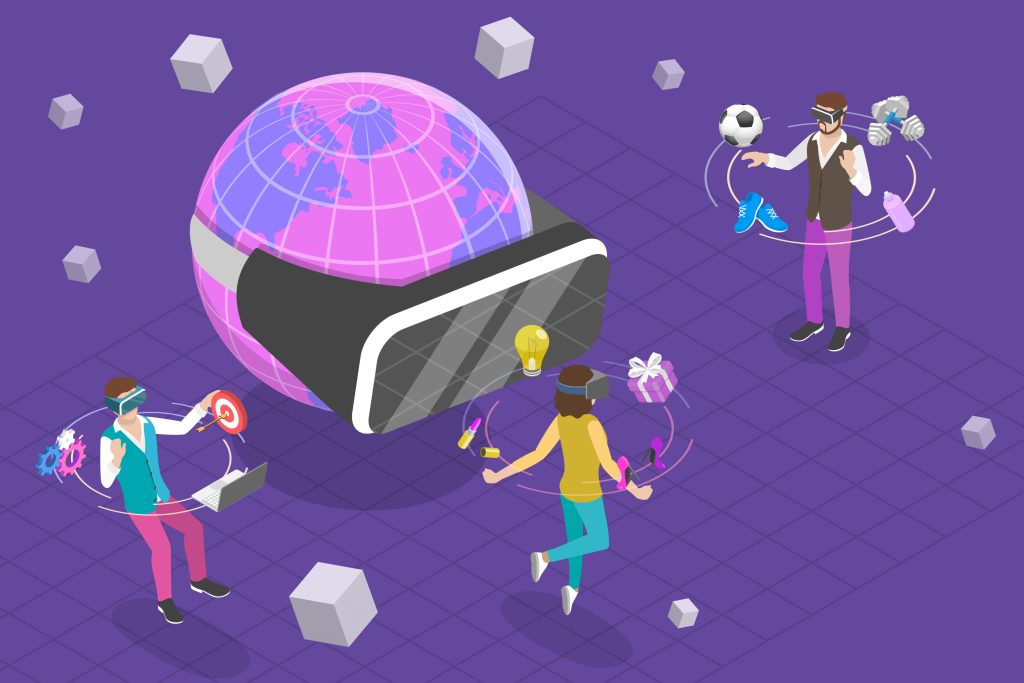
This is where prior OOH expertise and experience will become crucial. The Metaverse will be able to combine the always-on, unskippable, non-intrusive ads so standard in out of home ads with advanced targeting possibilities that even current digital ads cannot replicate.
Building an Omnichannel Marketing Campaign With the Metaverse in Mind
Based on where we are today, the Metaverse is still a buzzword. We will need a central Metaverse and mass adoption of how the Metaverse works before implementing these practices. However, we can expect rapid growth within the next ten years, moving closer to a central Metaverse that will eventually become a significant outlet for any brand to reach its audience effectively.
Younger audiences are already familiar with the concept, partly due to video games like Fortnite and Roblox that have taken on some characteristics of the Metaverse. As Gen Z ages into a consumer group with significant spending power, Metaverse advertising will eventually become a substantial part of omnichannel marketing plans across industries.
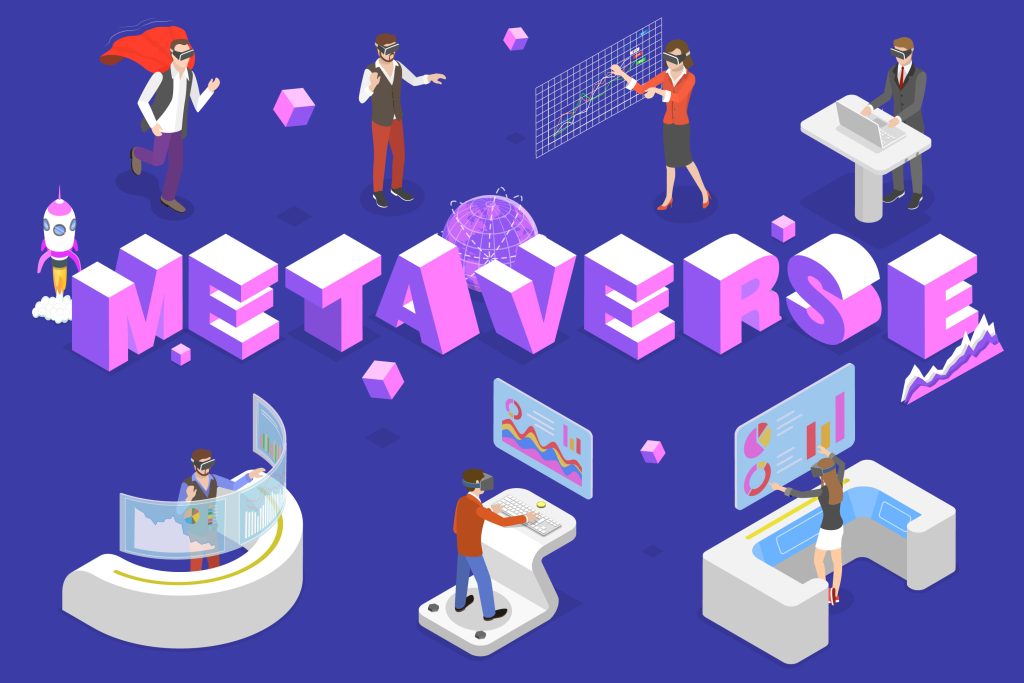
The COVID-19 pandemic has made virtual environments for gaming, work, and socializing a standard in our lives. As a result, consumers do not want to take a step back into immersion-breaking ads that distract them from their current tasks. As OOH and real-life ads move into the Metaverse, they will find an audience ready and willing to engage.
In other words, we’re rapidly moving toward a new generation of OOH and advertising in general. What are your plans to prepare for this new, digital, immersive era? Talk to us about your Out of Home Media plans.

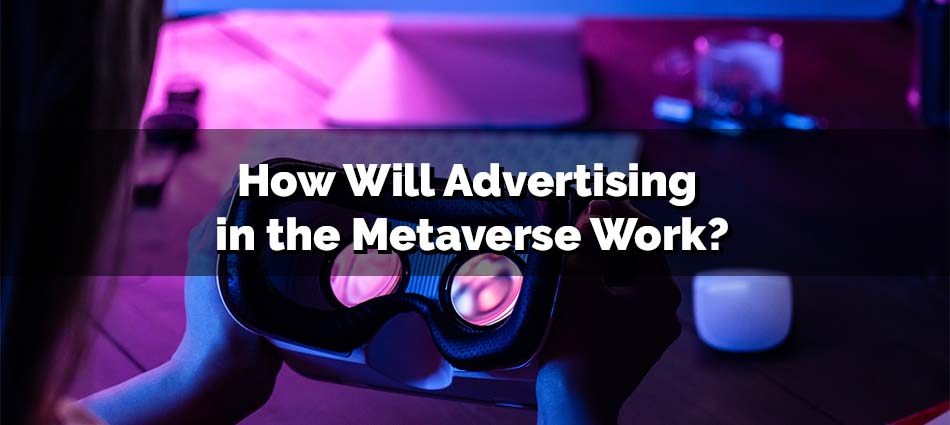
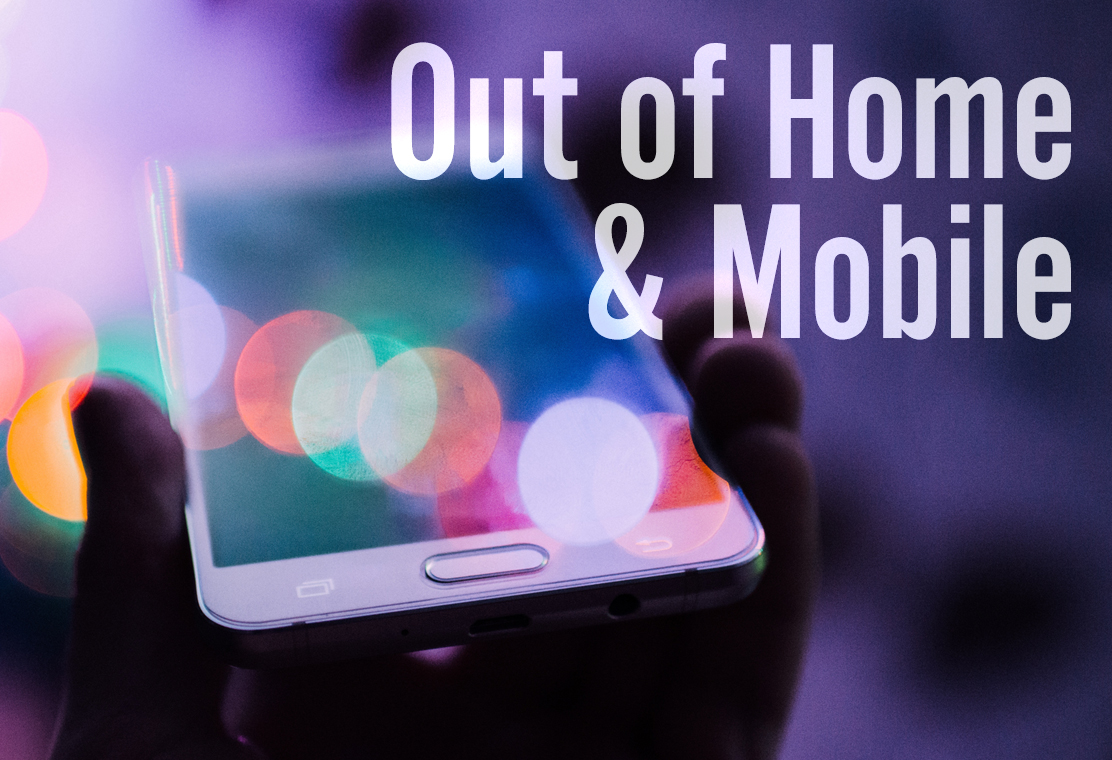
![The Numbers Behind Experiential Marketing [Infographic]](https://www.emcoutdoor.com/blog/wp-content/uploads/2018/02/experiential-inforgraphic-header.jpg)
